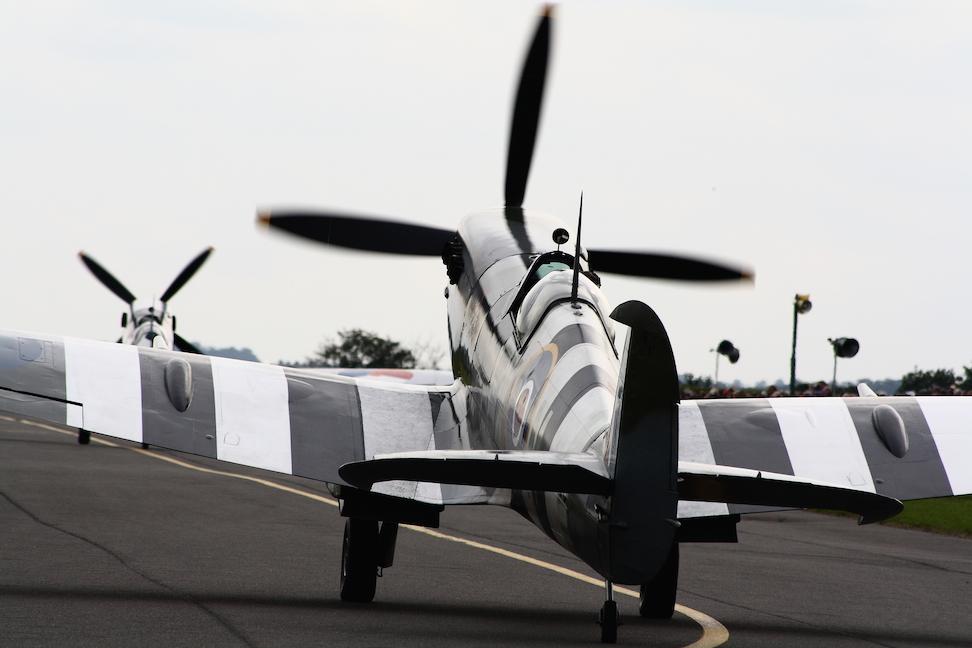P-51 Mustang Historical overview
The P-51 flew most of its wartime missions as a bomber escort in raids over Germany, helping ensure Allied air superiority from early 1944. It also saw limited service against the Japanese in the Pacific War. The Mustang began the Korean War as the United Nations' main fighter, but was relegated to a ground attack role when superseded by jet fighters early in the conflict. Nevertheless, it remained in service with some air forces until the early-1980s.
As well as being economical to produce, the Mustang was a fast, well-made and highly durable aircraft. The definitive version of the single-seat fighter was powered by the Packard V-1650-3, a two-stage two-speed supercharged 12-cylinder Packard-built version of the legendary Rolls-Royce Merlin engine, and armed with six of the aircraft version of the .50 caliber (12.7 mm) Browning machine guns.
After World War II and the Korean conflict, many Mustangs were converted for civilian use, especially air racing. The Mustang's reputation was such that, in the mid-1960s, Ford Motor Company's Designer John Najjar proposed the name for a new youth-oriented coupe after the fighter.
jane's WWII ww2 fighters aircraft usaaf battle of bulge Ardennes offensive guncam Gun camera


